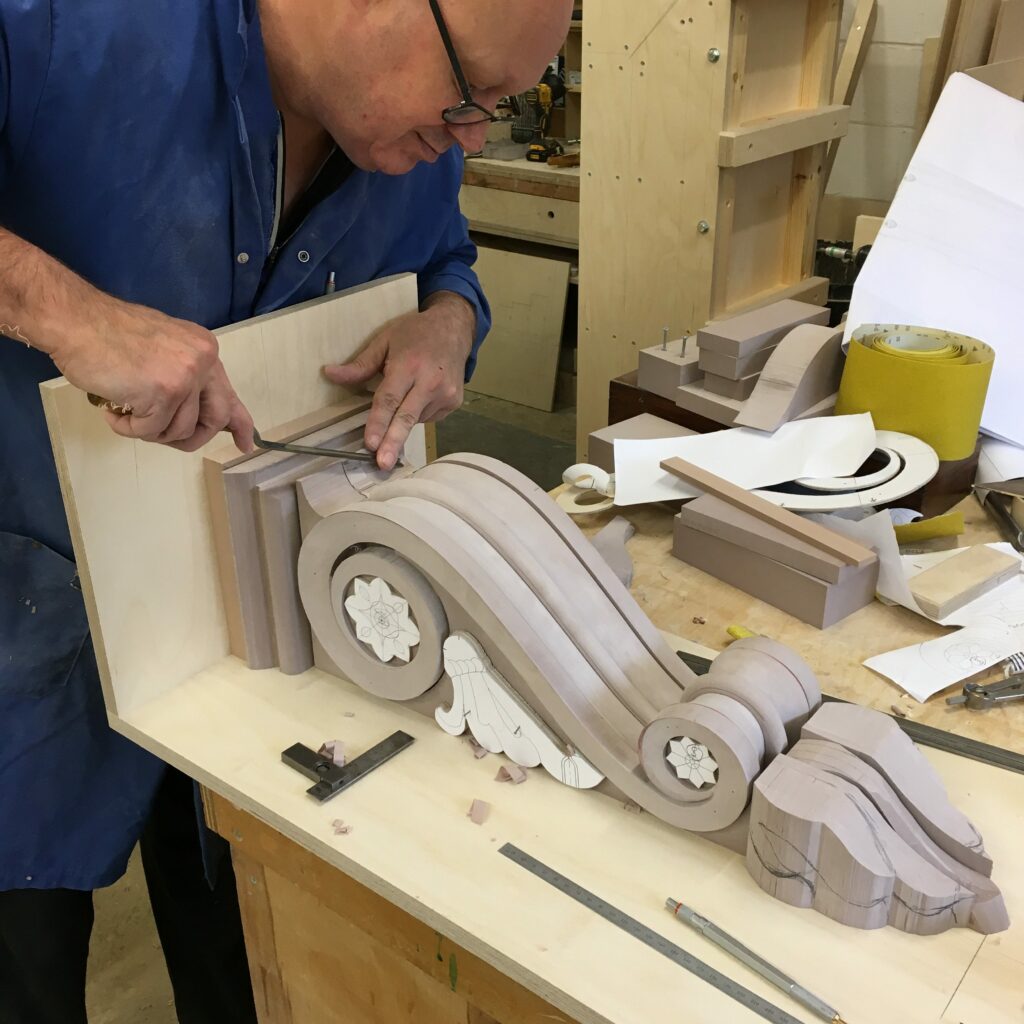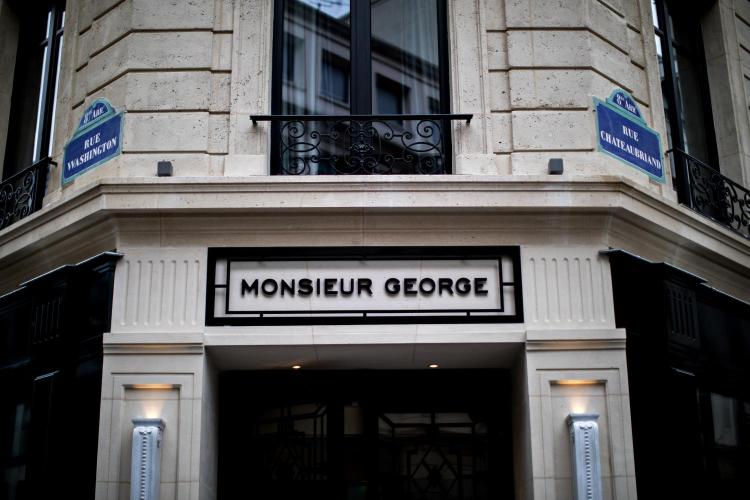A Quick Guide To Restoration Stonework
Restoration work helps breathe new life into buildings of all ages, updating their original features and preserving both cosmetic and structural components.
From listed buildings, to public spaces, residential homes to hospitality venues, restoration work safeguards the heritage and legacy of important historic structures for future generations.
In our quick guide to restoration stonework, we explain the difference between repair, renovation and restoration. We also provide a helpful overview of why cast stone is the ideal material for the restoration of original features, and showcase some of our interesting restoration and replication client projects.
What does restoration mean in construction?
Restoration is the process of returning a building to its original condition through the careful replication of existing features.
This can incorporate cosmetic or structural work and ultimately protects the heritage value of the building.
Restoration work is mainly carried out on historic buildings, however modern and contemporary projects are also common.
What is the difference between repair and renovation?
Repair is the term given to modifying an existing feature, generally with the intention of bringing it back to its original condition.
On the other hand, renovation involves removing an old or existing feature from a building and then replacing it with a brand-new version.
What is restoration?
Restoration is slightly different and Historic England‘s ‘Conservation Principles’ defines it as the process of returning a building to “a known earlier state, on the basis of compelling evidence, without conjecture”.
In order for restoration to be acceptable, Historic England‘s ‘Conservation Principles’ include a number of criteria. These are:
- Weighing up the effect of change restoration work would bring to the heritage values of the building
- Compelling evidence for the restoration work
- The form of the building as it currently exists is not the result of a historically significant event
- The proposed work respects previous forms of the place
- The maintenance implications of the proposed restoration are considered to be sustainable.
Why should we restore and renovate old buildings?
There are many reasons why the restoration and renovation of old buildings is so crucial.
As well as safeguarding the heritage and legacy of our most treasured and important historic buildings for future generations, the process of restoration is also, on balance, more environmentally-friendly than building new.
Renovating existing buildings reduces waste and the amount of potentially harmful toxins and pollutants entering the environment.
It also cuts down on the amount of new materials and resources used, and conserves energy, thereby minimising the carbon footprint.
What types of things can be restored?
This all depends on the building and original materials used. Restoration work can be carried out on a broad range of projects.
From decorative features such as architectural tiles and paintings, to windows and thatching.
Damp, masonry decay and stonework restoration are also common restoration projects for buildings of all ages.
Original stonework features can also be replicated and restored. This can include balusters, window surrounds, wall dressings and other façade stonework.
Where can you find out more information about the restoration of buildings?
Your first port of call should be Historic England – the public body that helps people care for, enjoy and celebrate England’s spectacular historic environment.
Secondly, if you’re ready to start a restoration or replication project, the Building Conservation Directory contains invaluable information for anyone involved in conservation, repair or restoration work. Haddonstone is listed as a stonework supplier in the directory.
Why is cast stone used in restoration projects?
Cast stone is the ideal solution for the restoration and replacement of stone that’s been damaged by exposure or neglect. It is also widely used for the extension of original stonework features. Here are the top reasons why cast stone is chosen for restoration projects:
Versatility – cast stone is a very versatile material. It is functional and reliable as a structural building material, can be reinforced, and is ideal for producing cosmetic, decorative stonework features.
Bespoke – cast stone is often chosen for restoration projects because every component is handmade in bespoke, made to order moulds. This means restoration stonework features can be produced to the exact shape and scale required.
Cost-effectiveness – because cast stonework is produced in moulds, multiple components in the same design can be produced at scale, whilst remaining a very cost-effective alternative to natural stone. This was particularly useful when Haddonstone produced a large quantity of replica baluster bars for Kinnaird Castle in Angus, Scotland.
Decorative features – because cast stone designs are cast in a mould, highly intricate, decorative features can easily be created quickly and in multiples. As an alternative, natural stone simply can’t compete.
Can be matched to original features – cast stone is also a great choice for restoration projects because it can easily be colour and material matched to the original components. This helps to ensure that both new and existing features blend seamlessly.
Performance – in terms of performance, cast stone is more durable, denser and more consistent than many natural stones. It is therefore ideal for projects where erosion and weathering may be an issue. This was one of the reasons that cast stone was chosen to complete the restoration of Grade II* Scarborough Spa.
What is the method of restoring stonework?
Every project is different, and our highly experienced technical department works closely with architects and contractors to gain a thorough understand of their unique project requirements.
Using a combination of traditional onsite and in-studio methods, as well using the latest 3-D technology, our team is able to create exact replicas of original components.
From the initial site survey to providing first-class drawings and creating entirely bespoke features to suit all types of building restoration work, we are confident that we can help meet almost any project requirements.
Contact our friendly team for a free project consultation today to discuss how we can help.
Restoration and replication projects
Working closely with architects and contractors, many of our standard designs have been replicated from damaged originals at impressive buildings and landscapes around the world.
However, no project is too small and we have also worked on many smaller, private residential projects, including the replacement of a charming decorative squirrel pier cap finial.
Haddonstone has supplied stonework for a number of different projects.
View our up-to-date restoration and replication case studies:
Restoration case studiesWe are ready to help with your next project
Whatever stage your restoration project is at, our highly experienced team are on hand to assist you.
Contact our friendly team for a free project consultation today to discuss how we can help.
Contact us todaySpeak to our team
Whether you’re working on a private residential or large commercial project, or if you are interested in home and garden products, our friendly and expert team are happy to discuss your requirements.








